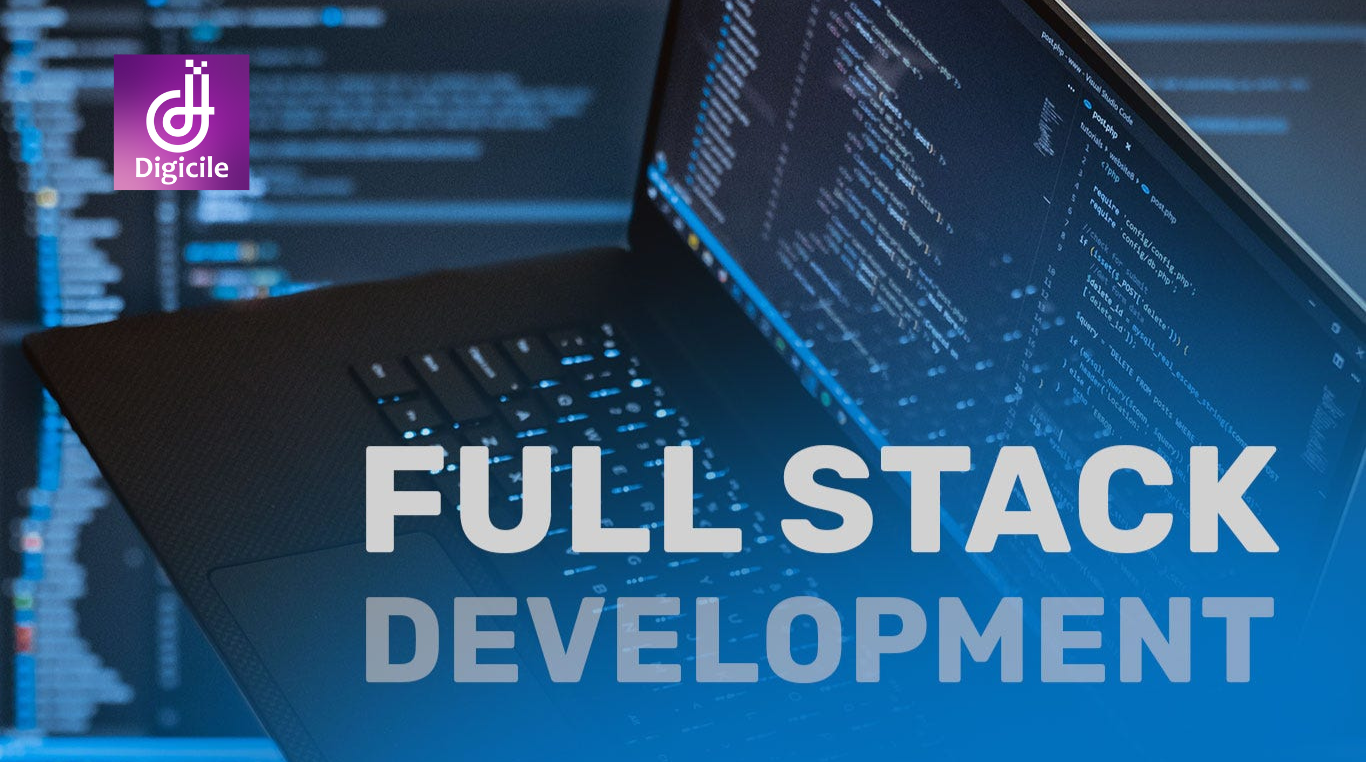A full stack developer is basically a software development powerhouse and a lifesaver, all in one person. They can work at both higher and lower levels of an application: that puts them in a position where they can handle a project from its design phase right down to installation. The following outlines the most common aspects of the full stack developer description depending on the company’s specific needs, presenting a clear overview of the role of individuals in today’s business world.
1. Technical Skills
A full stack developer needs a broad range of technical skills, including:
Front-end Technologies: HTML/CSS, JavaScript, and basic level of experience with any of the frameworks such as React, Angular, or Vue. js.
Back-end Technologies: Comprehensive knowledge of to client and server side languages including Node. JS, Python, Ruby, Java, or PHP as text mining usually require such languages to extract the information from the textual data.
Databases: Mysql, Postgresql, mongodb , firebase and other relative SQL as well NoSQL databases.
Version Control Systems: General understanding of the Git system and/or different platforms like GitHub, or Bitbucket.
API Development and Integration: Building RESTful or GraphQL APIs and incorporating them into systems.
DevOps and CI/CD: Experience interacting with applications such as Docker or Jenkins, deployment platforms like Kubernetes and cloud solutions including AWS, Azure or Google Cloud.
2. Soft Skills
Individuals who possess great skills and know-how but lack people skills make poor leaders. Full stack developers should also possess strong soft skills:
Problem-Solving: It is something which the company is fully capable of troubleshooting and dealing with more complex problems.
Communication: Good interpersonal and communication skills to enhance the working relationship between the team members and other stakeholders.
Team Collaboration: That everyone whether they are a developer, a designer, or a product manager can understand and work in the team.
Time Management: Multitasking and ensuring that goals set and targets given are completed in the time provided.
3. Experience and Education
Here again, more importance is given to practical experience as opposed to side degrees from relevant institutions. A typical full stack developer description might include:
Education: Preliminary education: Formal education in information technology or a related field is preferred but not mandatory, although a degree in computer science, software engineering, or another relevant area would be helpful.
Experience: Many years of work experience in software development, a list of performed works will show both the client side experience and experience in the server side programming.
Certifications: Having some recognizable certification is an advantage to anyone looking forward to securing a job opening in their respective fields.
4. Job Responsibilities
The responsibilities of a full stack developer can vary but generally include:
Developing Front-end and Back-end Architecture: Users interactions: Formatting of the web page, Management of servers and databases for the web capabilities.
Ensuring Cross-Platform Optimization: Making sure that every application is adaptive to the environment and can easily fit into the screen of any device and also compatible with the most used operating systems.
Writing Clean, Maintainable Code: Taking steps that allow developers to adhere to the best practices in coding so that they can come up with high quality software.
Testing and Debugging: Testing in order to validate software and eradicating defects in an effort to make programs functional.
Staying Updated with Industry Trends: Able to learn and implement new technology/ies and methods used in the teaching of students.
5. Tools and Technologies
Full stack developers use a variety of tools to enhance their workflow and productivity, including:
IDEs and Text Editors: and or using an Integrated Development Environment such as Visual Studio Code, Sublime text 3 or IntelliJ IDEA.
Project Management Tools: Like Trello or Jira – Asana, for instance.
Version Control Systems: Some of the most popular distributed version control systems are Git, GitHub, and Bitbucket.
Testing Tools: Yes, there is, it is Mocha, Selenium.
Design Tools: Figma – vector graphics editor and prototyping tool, Adobe XD – a digital design platform, Sketch – digital design tool for collaboration.
Conclusion
In layman terms, a full stack developer is an application developer who can do everything, or almost everything, in web and software development. One can refer to the unique opportunity for these programmers to navigate between front-end and back-end development as their primary asset. When we talk of a full stack developer description, it is essential to focus on the technical details, soft skills, experience, and tools that help in projecting the role. The Digicile of a full stack developer is their ability to integrate and implement various technologies seamlessly, ensuring the smooth functioning of the entire application stack.






